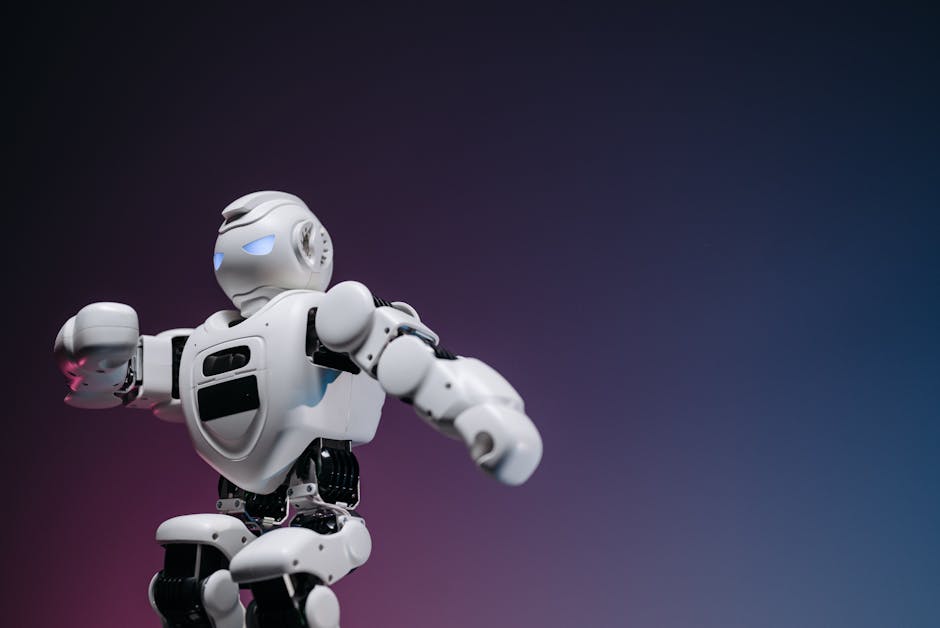Navigating the AI Revolution in Higher Education
In an era where artificial intelligence (AI) is reshaping industries globally, universities are finding themselves at a crossroads. The integration of AI into academic curricula is not just a forward-thinking strategy but a necessary evolution to prepare students for the future job market. Institutions like the University of North Carolina (UNC) are leading the charge, transforming their educational offerings to focus on AI and its applications.
The AI Imperative in Academia
As AI becomes a cornerstone of modern industry, universities are compelled to adapt their programs to include comprehensive AI studies. This shift is driven by both industry demands and the necessity to equip students with skills that are increasingly relevant across all sectors. The development of AI-focused programs is thus seen as a proactive measure to ensure that graduates possess the competencies required in a tech-driven economy.
Overcoming Resistance and Fostering Innovation
While the integration of AI into academia is promising, it is not without its challenges. Faculty members are divided on the adoption of AI technologies, with some viewing them as essential tools and others seeing them as shortcuts that undermine traditional learning. Universities are addressing these concerns by implementing incentive-based programs that encourage faculty to embrace AI as an educational tool, rather than a hindrance.
The Role of Leadership in AI Adoption
University leaders play a crucial role in navigating the cultural shifts associated with AI adoption. By promoting interdisciplinary cooperation and fostering a collaborative environment, they can drive the successful integration of AI into academic programs. This leadership is essential in transforming potential resistance into a unified vision for the future, ensuring that institutions remain competitive and relevant.
Looking Ahead: The Future of AI in Higher Education
The rapid pace of technological advancement necessitates that universities act swiftly to integrate AI into their curricula. This involves not only restructuring educational programs but also continuously engaging with industry leaders to ensure that academic offerings align with real-world needs. The goal is to create an educational environment that not only adapts to current trends but also anticipates future demands.
In conclusion, the AI revolution in higher education represents both a challenge and an opportunity. By embracing AI, universities can position themselves at the forefront of educational innovation, preparing students for success in an ever-evolving job market. As institutions like UNC demonstrate, the key to thriving in this new era lies in agility, collaboration, and a commitment to forward-thinking educational strategies.






